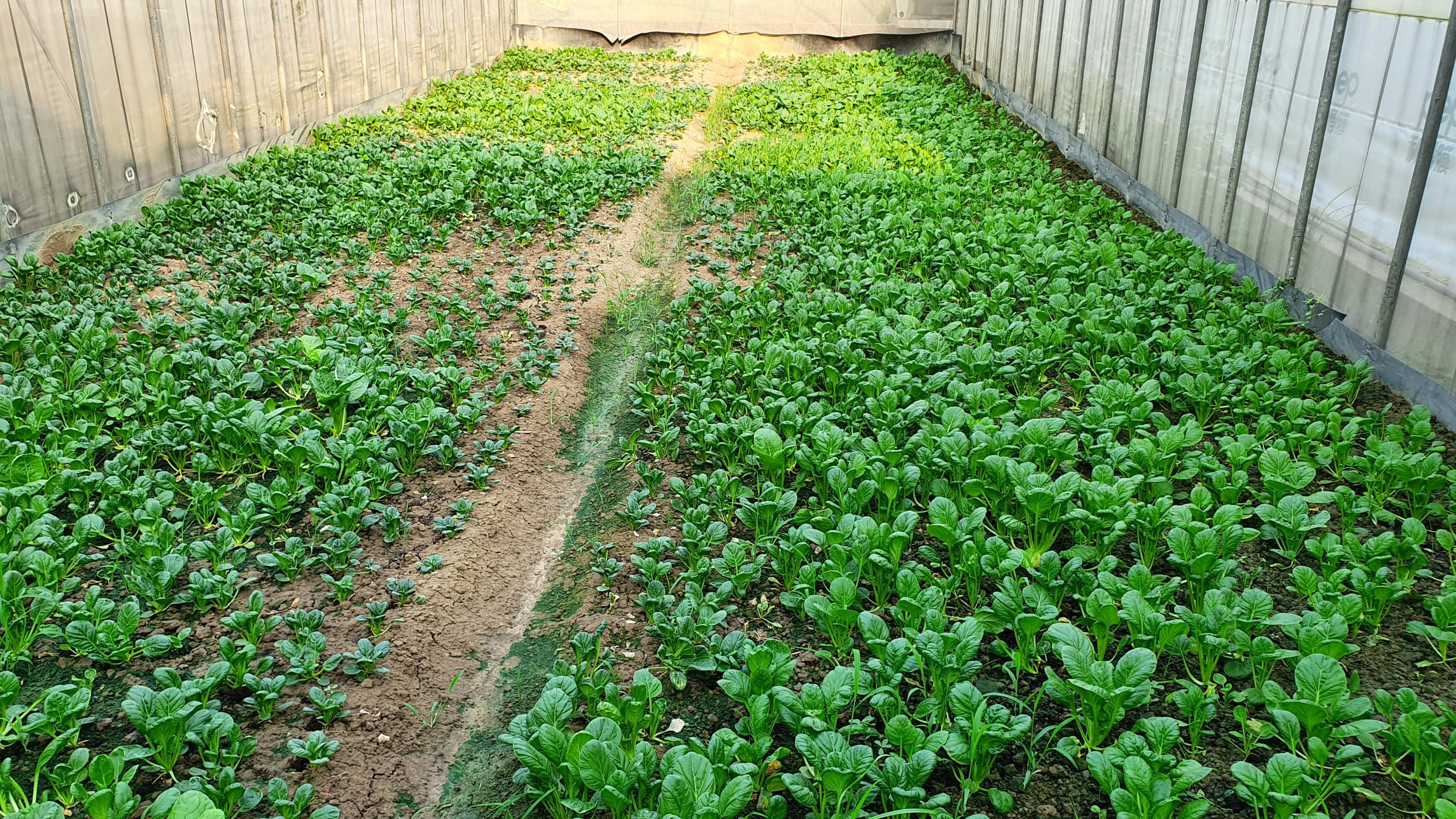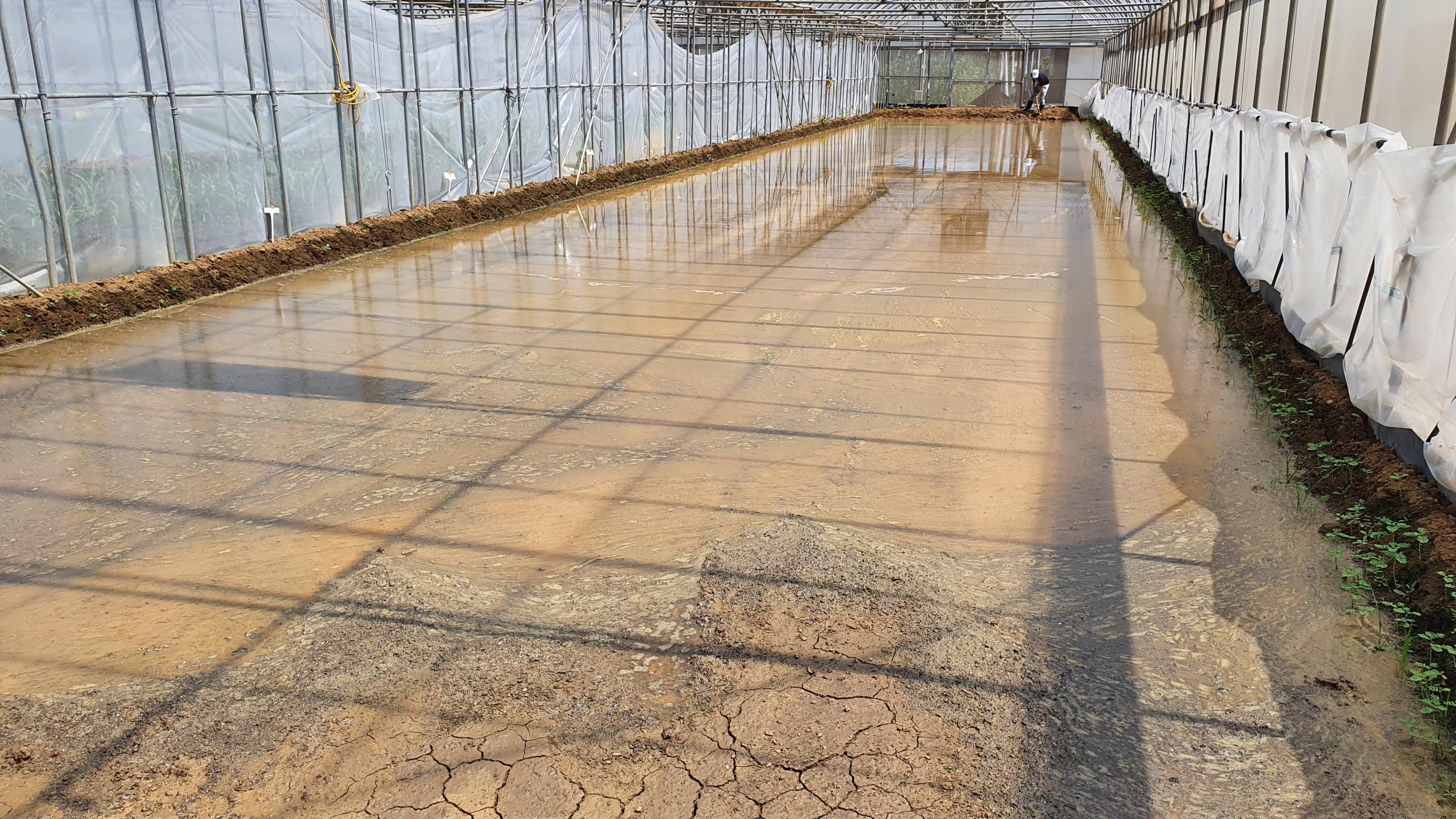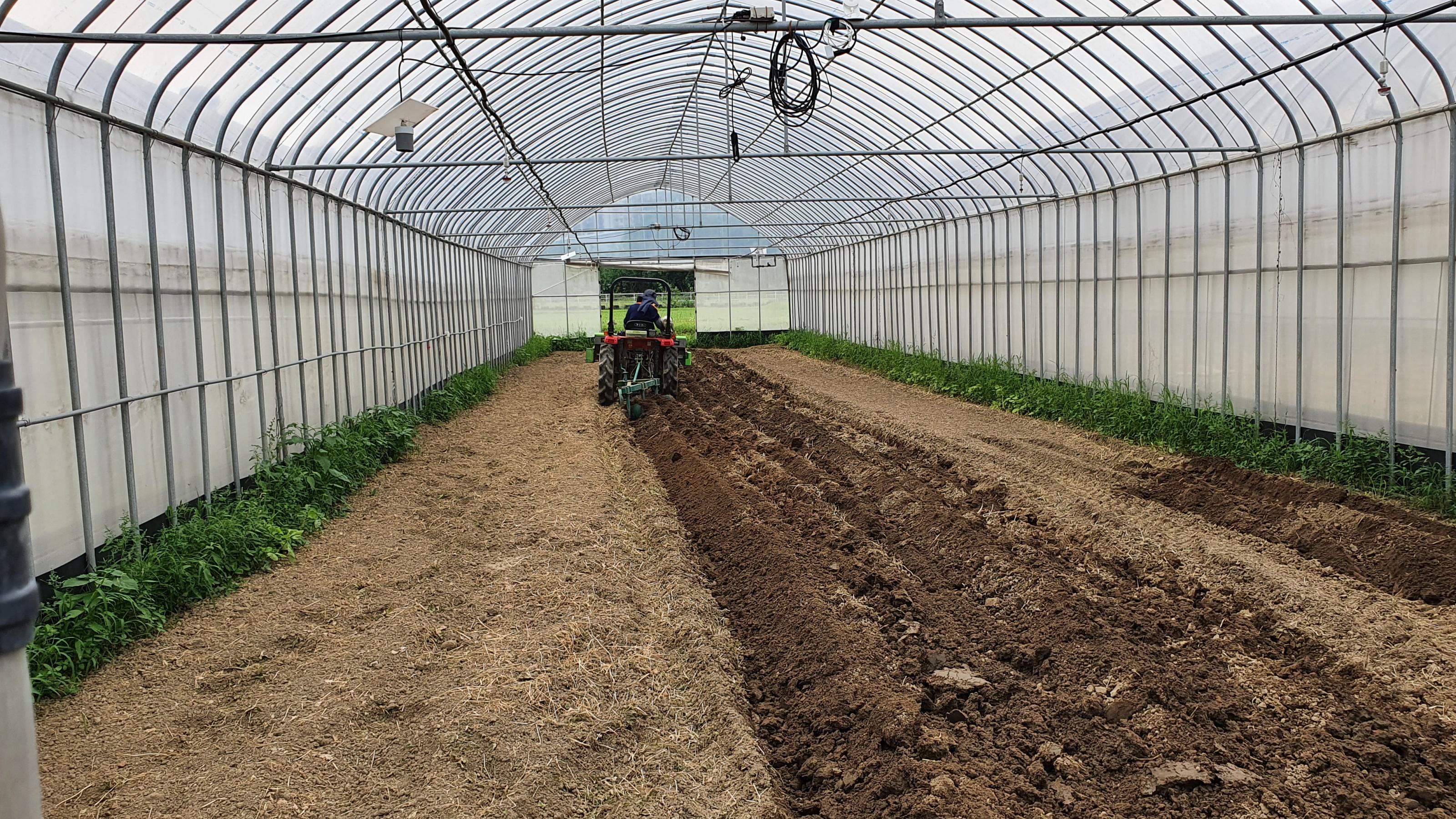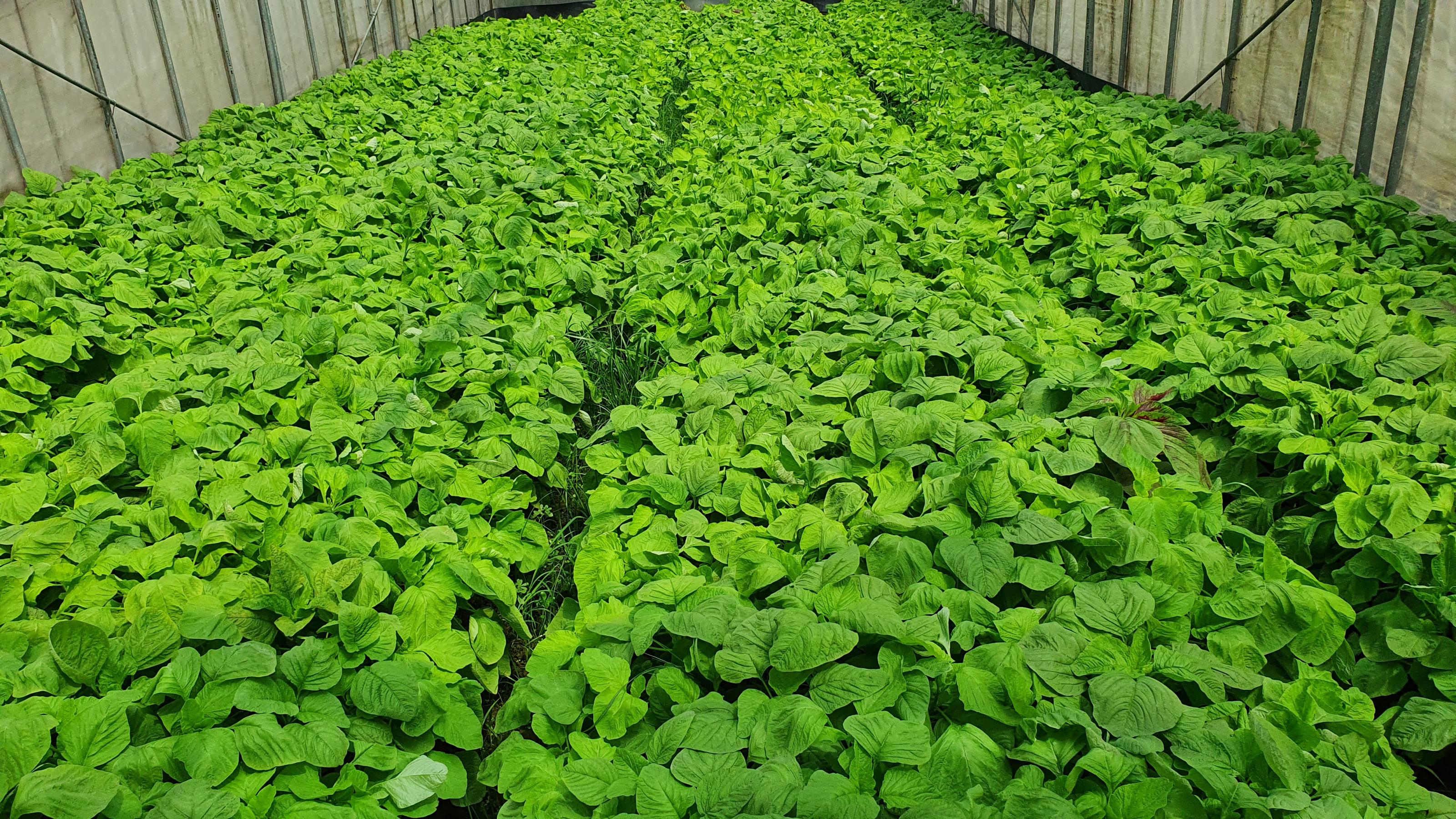News
- MOA News
- Introduction of a New Hydrangea Cultivar - Spring Blooms and Dancing Butterflies
- "Vegetable-Based Food and Agriculture Education Cultivation Kit" Developed to Support Educators in Promoting Agri-Food Literacy
- "Taoyuan No. 3 - Round-Headed" New Tumorous Mustard Cultivar Launched to Boost the Pickled Mustard Industry
- "Taoyuan No. 4" Seedling Medium Optimizes Agricultural Residues for Carbon Reduction, Environmental Protection, and High Efficiency
- Development of Blast-Resistant Rice Cultivar “Taoyuan No. 7” Using Molecular Marker-Assisted Breeding
- Innovative Cultivation Technology for Emerging Vegetable Baby Leaf Lettuce
- Taoyuan District Agricultural Research and Extension Station Introduces “Urban Farming Hub” – Your Personal Cultivation Consultant
- Taoyuan District Agricultural Research and Extension Station Launches Electric Crawler-Type Vegetable Transplanter Addressing Labor Shortages and Aging Workforce
- Hydrangea "Taoyuan No. 1 - Dancing Butterfly" Makes a Stunning Debut
- Taiwan's Vanilla Rising: Cultivating World-Class Sweetness
- The Fresh Face of Citrus: Pioneering New Horizons in the Citrus Industry
- Greenhouse Strawberry with Elevated Three-Dimensional Cultivation Stabilizes Yield and Reduces Production Risks
- Techniques for the Prevention and Improvement of Soil Salinity in Facility Vegetables
- Unexpected Blooming Season - New Cultivar of Camellia Blooms in Summer and Autumn
- Instant Field Management Made Easy with LINE Messaging
- Circular Carbon Reduction in Agriculture: Innovating Mesona Seedling Medium with Green Resources
News
Press Release from Taoyuan District Agricultural Research and Extension Station, Ministry of Agriculture
Techniques for the Prevention and Improvement of Soil Salinity in Facility Vegetables
February 22, 2024
Leafy vegetables grown in facilities constitute a significant agricultural industry in northern Taiwan, spanning approximately 386 hectares. Taoyuan City, with about 305 hectares (79%), and Hsinchu County, with 42 hectares (11%), are the main production areas for these facility-grown leafy vegetables in the region. Due to long-term lack of rainwater leaching and high cropping index, farmers often encounter over-fertilization, leading to soil salinity accumulation, nutrient imbalance, or heavy metal accumulation, thereby affecting vegetable growth. Therefore, the Taoyuan District Agricultural Research and Extension Station (hereinafter TYDARES) has developed various soil salinity improvement techniques and guided farmers in soil improvement. After improvement, soil electrical conductivity decreased by 82%, and yield increased by 45%.
TYDARES states that soil salinity accumulation is a common problem in the cultivation of facility vegetables. According to the station's annual soil fertility analysis data, 25% of the samples from the cultivation of facility vegetables showed high salt content, and 60% of the samples had excessive nutrients (mainly phosphorus, potassium, calcium, and magnesium), with an annual increase in the proportion of farmland soil salinity accumulation within the jurisdiction. Therefore, it is recommended that farmers take preventive soil fertilization management measures in advance, apply fertilization rationally, and adopt crop rotation to reduce salt accumulation. At the same time, timely use of organic fertilizers or composts rich in plant fibers, lignin, and low in nutrients to improve the physical, chemical, and biological properties of the soil.
The soil salinity improvement techniques developed by the TYDARES include flooding, deep plowing, and planting salt-tolerant crops. Flooding involves using a large amount of irrigation water for multiple soakings and drainages to wash away salt ions, with the soaking time varying depending on the degree of salt accumulation, effectively improving the soil after several repetitions. Deep plowing dilutes the concentration of soil salt ions by mixing topsoil with subsoil. When soil salinity is not severe, planting salt-tolerant or green manure crops, such as corn or Indian Sesbania, can absorb accumulated soil salts, which are then removed or replaced with short-term leafy vegetables like amaranth or water spinach, which require more nutrients, also reducing soil salinity accumulation.
In 2022, TYDARES conducted a verification of soil salinity improvement techniques for organic vegetable cultivation in the Luzhu District of Taoyuan City. The farmer participating in the trial had long-term excessive use of soybean meal fertilizers, leading to soil acidification and high electrical conductivity. TYDARES used salt-tolerant crops and flooding to aid farmers in soil salinity improvement, adjusting organic fertilizers from plant meal to long fiber sugarcane residue compost. After improvement, soil electrical conductivity decreased from 1.14 to 0.2 dS m-1, a reduction of 82%, and vegetable yield increased from 8.1 tons per hectare to 11.7 tons per hectare, an increase of 45%.
TYDARES notes that while methods such as flooding, deep plowing, and planting salt-tolerant crops can improve soil salinity, they are time-consuming, labor-intensive, and extremely costly, with the improvement process preventing crop production, affecting farmers' income. It is recommended to conduct annual soil fertility analysis, track changes in soil electrical conductivity, and apply rational fertilization to prevent soil salinity accumulation, soil degradation, and economic losses.
Contact Information:
Spokesperson and Deputy Director: Yang-Jen Fu, Tel: 03-4768216 ext. 101, Mobile: 0919872010
Crop Environment Section: Assistant Researcher: Tzung-Han Lee, Tel: 03-4768216 ext. 333
Agricultural Extension Section: Associate Researcher: Shing-Jong Lay, Tel: 03-4768216 ext. 410

Fig. 1. Soil salinity leads to severe plant gaps in the field.

Fig. 2. Improving soil salinity accumulation through the flooding method.

Fig. 3. Using deep plowing to mix the topsoil with the subsoil, improving soil salinity accumulation.

Fig.4. After the improvement of saline soil, the growth of plants in the fields has returned to normal.

